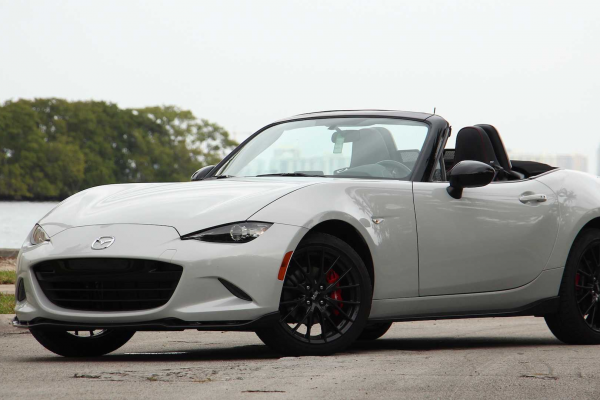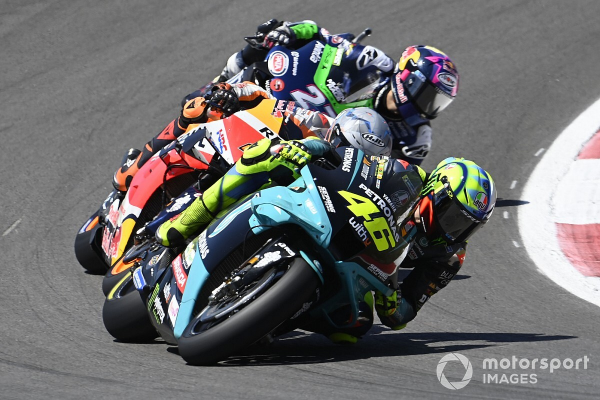
Mazda MX-5
In February 1989 at the Chicago Auto Show, Mazda pulled the wraps off a lightweight, affordable sports car that would go on to be the biggest-selling two-seater convertible in history.
Powered by a 1.6-litre inline four cylinder engine putting out 114bhp at 6500rpm, enabling a 0-60mph dash in 9.1sec and topping out at 114mph, the MX-5 was never about searing pace.
A two-seat roadster that car enthusiasts have been screaming for since the demise of the old Lotus Elan. It also has the two ingredients essential in any sports car powerplant: instant throttle response and an invigorating exhaust note.”
The real ace up the MX-5's sleeve proved to be its five-speed manual gearbox. Rising no more than a couple of inches from the transmission tunnel, the well-weighted gear lever snaps through its tiny throws with millimetric precision. Allied to pin-sharp handling and spectacular balance to flaunt its 950kg kerb weight, it allowed the driver plenty of mid-corner adjustability.
In 1997, the second-generation MX-5 arrived, sans pop-up headlights of the original – due to safety regulations – and with an extra 115kg of mass due to its sleeker look. The 1.6-litre unit was joined by a new 140bhp 1.8-litre motor to counteract the extra bulk, enabling 0-62mph in 7.8sec and a top speed of 130mph.
That model was a sales smash. Throughout its life, the second-generation received a facelift and more kit. The output of both the 1.6- and the 1.8-litre engines were boosted and buyers could enjoy a six-speed manual gearbox.
Seven years later, the third-generation Mazda MX-5 was unleashed at the 2005 Geneva motor show, having undergone a complete overhaul. Penned by Yasushi Nakamuta and overseen by Moray Callum (yes, Ian’s brother), it boasted a more aggressive look with flared wheel arches while still harking back to the original design. Suspension changed from a four-wheel double wishbone setup to a front wishbone/rear multilink setup.
The 1.6-litre lump was dropped in favour of an entry-level 1.8-litre motor, while the flagship 2.0-litre engine developed 158bhp and was now available with a six-speed manual gearbox.
The MX-5 would receive an all-new fourth-generation version in 2014, with Mazda's KODO design language influencing its look and shape. It arrived with a choice of 1.5 or 2.0-litre engines that both used Mazda's Skyactiv fuel-saving technology, and weighed around 100kg less than the car it replaced. A lower centre of gravity helped it recapture some of the dynamic flair many thought was missing from the third-generation car.
Throughout its life the Mazda MX-5 has built itself a huge fan base, thanks to its ease of use, affordability and low running costs. It's proven popular in many forms of motorsport, and even been subject to a host of aftermarket conversions - including V8 engine swaps and forced induction systems.
The latest MX-5 remains a true testament to the original, combining jaw-dropping looks with a low kerb weight and nimble driving style. As for the future? Mazda is reportedly considering its options, with a hybrid or even fully electric powertrain for its fifth generation.


